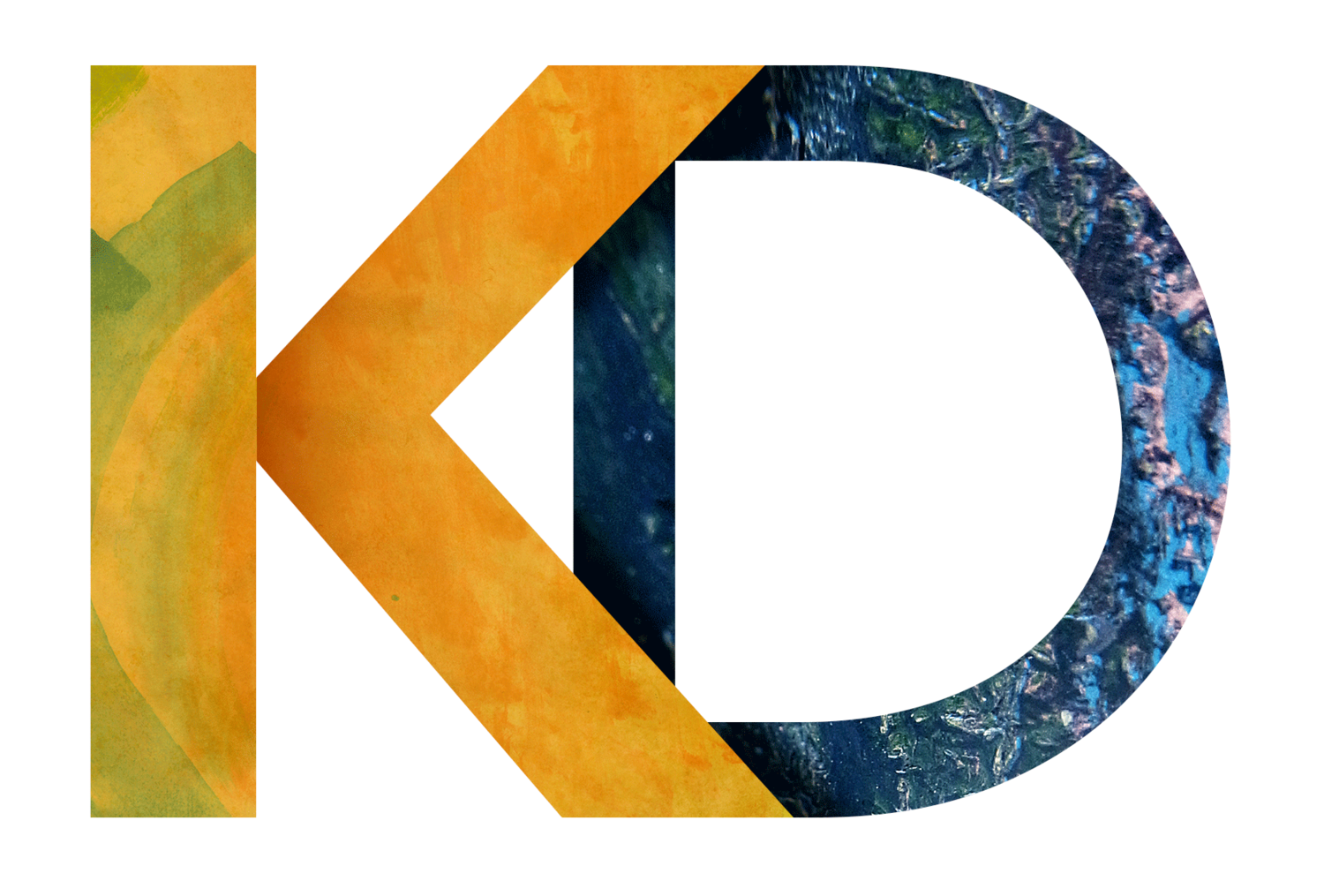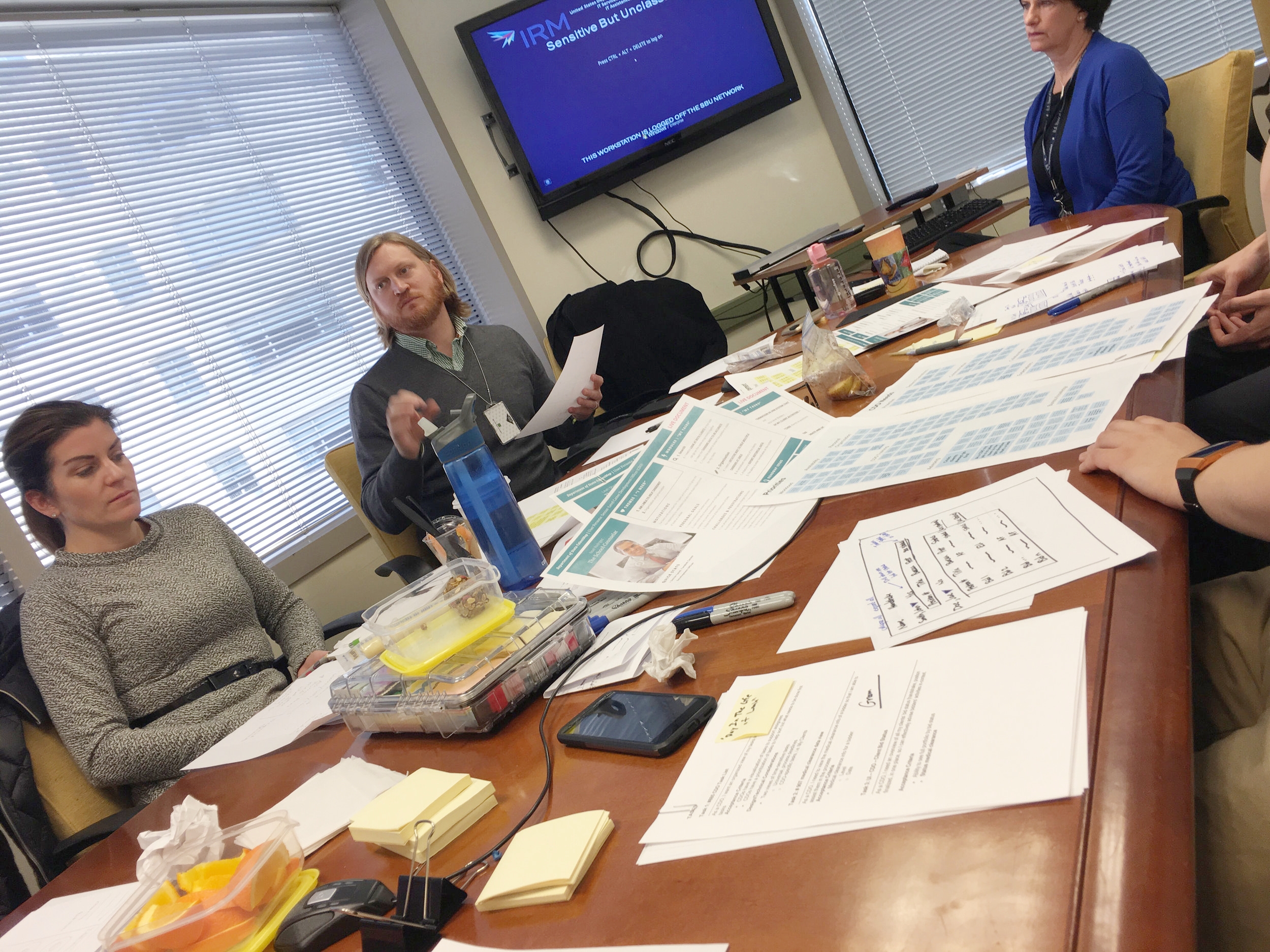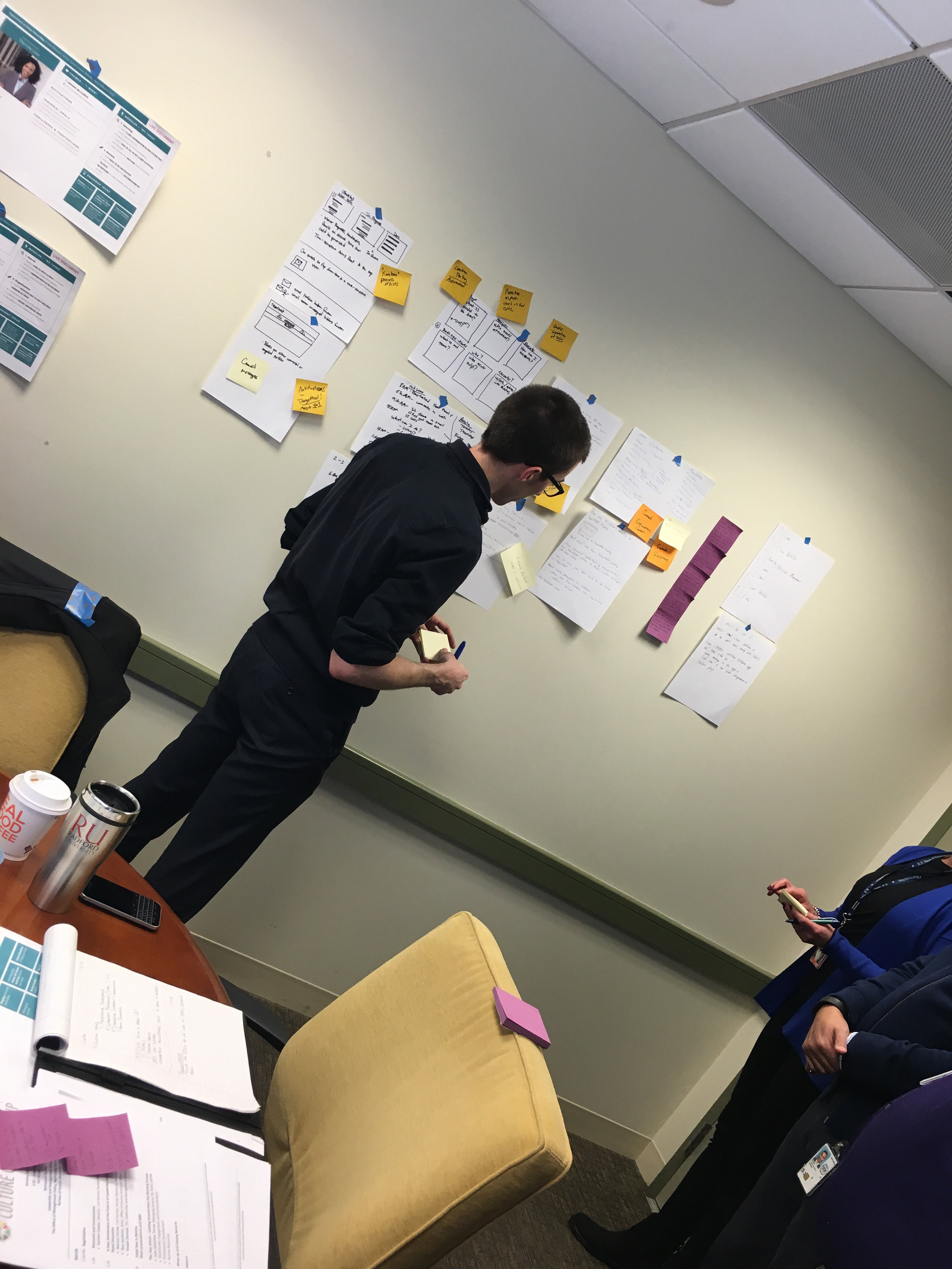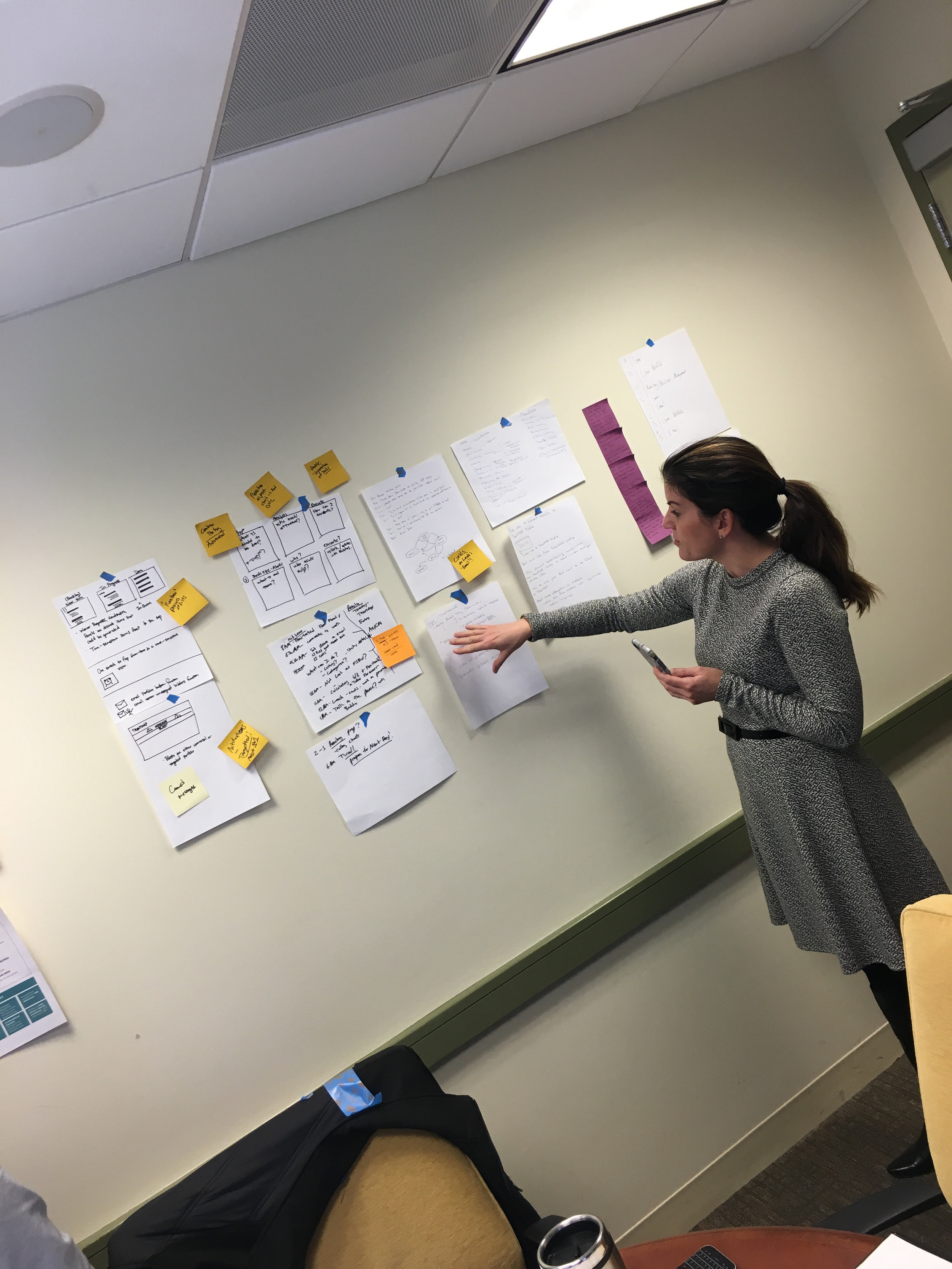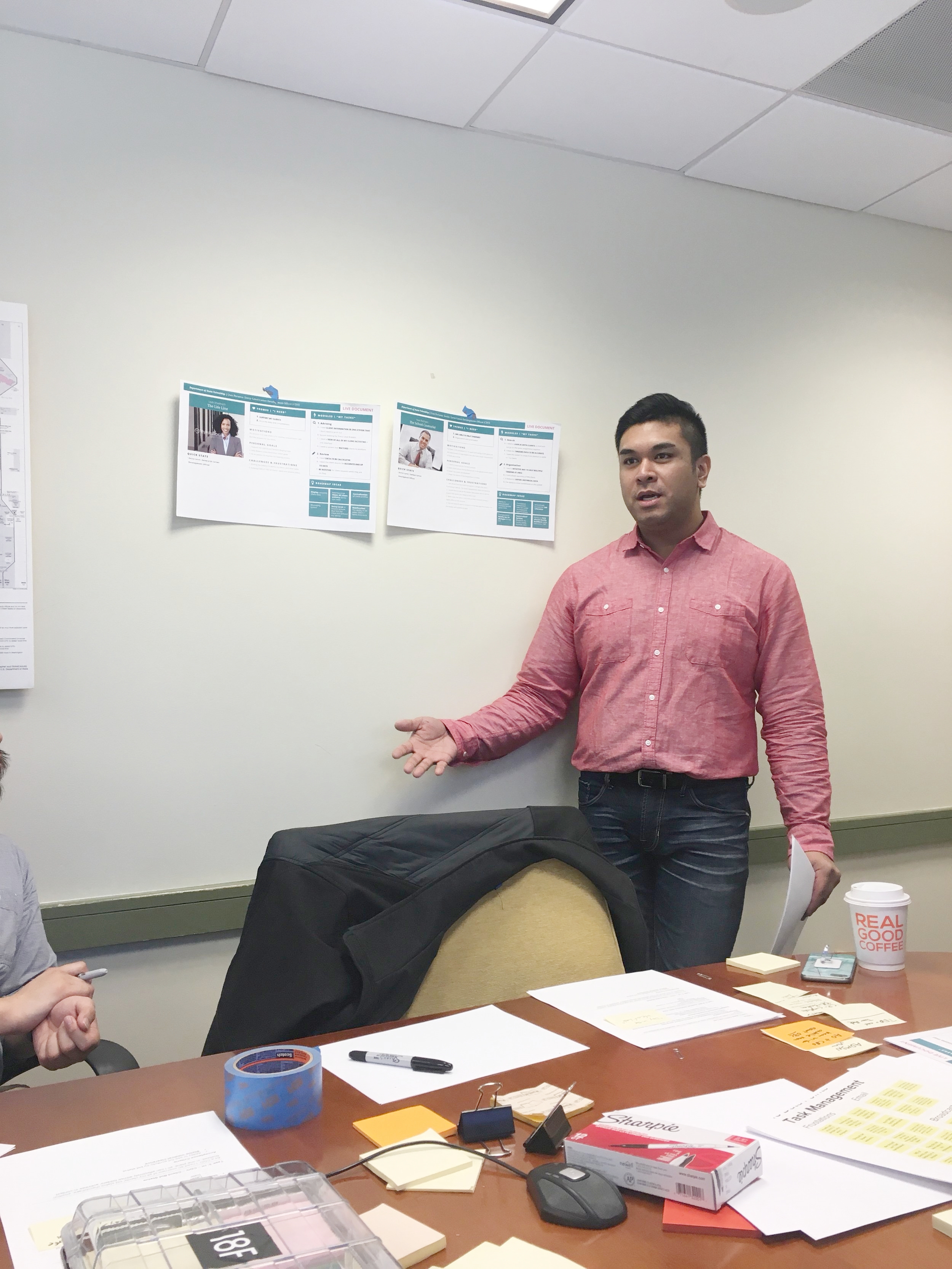
Department of State Job Search Platform
Challenge
BidMap's goal is to bring about a secure, reliable, and dedicated system to support the Bureau of Human Resources’ Career Development and Assignments Office (HR/CDA) business processes.
My Role
As the Lead UX Designer, I strategized, planned, designed, coached stakeholders, collaborated with the development team, mentored designers, established human-centered processes and created UI/Visual Design deliverables to enhance the understanding of the process.
The Problem
How can we make the job-hunting process transparent and intuitive for the Foreign Service Officers?
Who are our users and our questions?
Methods: User interviews, mental models, affinity mapping, persona creations
User groups: Bidders, Career development officers, Assignment officers and Bureau Representatives
Number of interviewees: 37
User Stories: 50+
Major themes: transparency, data accuracy, lack of system centralization
QUESTION #1: How might we get users to trust the system and highlight transparency along the process?
QUESTION #2: How might we make the experience of searching for a position seamless and accurate for our users?
QUESTION #3: Users are opening 5-7 tabs to complete a task. How might a centralized profile page empower our users?
Meet Jenny and Tarek— our job seekers
As the project progressed we found that the personas needed to be more actionable through the process. The content with the personas has gone through several iterations so that the product owner can feel confident to move forward with product choices but also to communicate user needs for leadership.
Ideating with the stakeholders
With so many ideas and problems to solve. I've facilitated Design Studios with the team and the stakeholders to collaborate and ideate on solutions that we need to unblock. These sessions were very helpful just to speak with the stakeholders and give them creditability on their ideas. This session provided so many ideas on future features and homepage updates for our user base.
Collaborate, sketch & experiment
As the user research started to solidify, design studios are faciliated and user stories were created. I started a cadence for the entire team to quickly sketch ideas on inVision Freehand. This was an opportunity for stakeholders, developers, project managers and products owners to think about the user first and roughly sketch out the idea. The homepage was our first tackle and it went through numerous ideas.
Being agile and iterate
The homepage allowed users to see open positions and be presented with pre-populated filters. One of the key features the stakeholders wanted to implement was a map feature on the homepage. As the team continued to conduct user research and usability tests we soon discovered that users are not finding the map to be useful and want to get a deeper dive on their search quickly.
We also discovered that users follow a filtering behavior from our usability testing. Users are consistently filtering from on their skill, then to their level and lastly their location. This opened up additional challenges on the information architecture of the position data which we continued to test and iterate.
Fear of Testing — Words Hurt
One of the challenges the team experienced was stakeholder concerns on usability testing. To relieve this pain point I closely collaborated with the stakeholders to craft the usability testing questions and also conducted dry run testing for them to observe and ask questions. These activities did relieve some pain and as a strategy I recommended to do a usability testing cadence every first Thursday of the month and the last Thursday of the month. This cadence will allow the team to continue iterative testing efforts and discover more about our designs.
Remote usability testing on InVision will continue as most of the user base are international in different time zones and countries.
Round 1: Usability test findings
Search for positions
• Don’t assume that single-region geographic search is primary
• Provide personalized recommendations
Collect options
• Make it easy to skim numerous positions quickly
• Surface handshakes as soon as possible
• Make it easy to save positions for later comparison
Deliberate what position is best
• Help people compare differentials
• Help people dive deep into quality of life at post
• Help people network and reach out to humans
• Provide links to even more online info
Data & transparency helps user find jobs
Continuous research and design iterations is in full velocity on the project. The team is now in a cadence on moving to another user group and closing off the Bidder experience on BidMap. For my tasks, I will continue collaborating iteratively on experiences that were not fully designed and UI elements that need small changes.
Homepage
Users are able to scan through personalized positions from data extracted from their profile. From the user research users mentioned that they would specifically search on their aligned skill code so they can quickly skim through positions that would fit their needs. Currently, users need to search through a legacy system that would show inaccurate positions that would only put stress on the users.
Search Results Page
With our first round of usability testing we discovered that users are searching for geographic location, then their desired skill code. As we rapidly continue our usability testing we soon discovered additional behaviors that users are executing.
Profile Page
Currently, users are utilizing numerous applications to execute a task. With the effort to centralize the bidder experience we incorporated a profile page that holds all the bidder information. The team has also worked on developing a Bid Tracker that would help eliminate the transparency issue that users are experiencing.
Bid Tracker
From user research we discovered that users feel they are in the void when the position they submit goes through the process. To close the loop of the bidder experience the team developed a bid tracker that was a full integration of all the user groups that is interacting with BidMap. Users are able to see each step of the bidding process so they know each step of the process. This functionality helps reduce that transparency issue that users are experiencing and this will also increase metrics for leadership users that we are tackling next.
More work to come
• Solving workforce management problems for the other user groups
• Cadence on brainstorming and collaborating efforts
• Cadence on consistent usability testing
• Data visualization for the leadership users
• BidMap Design System to advocate throughout Department of State
